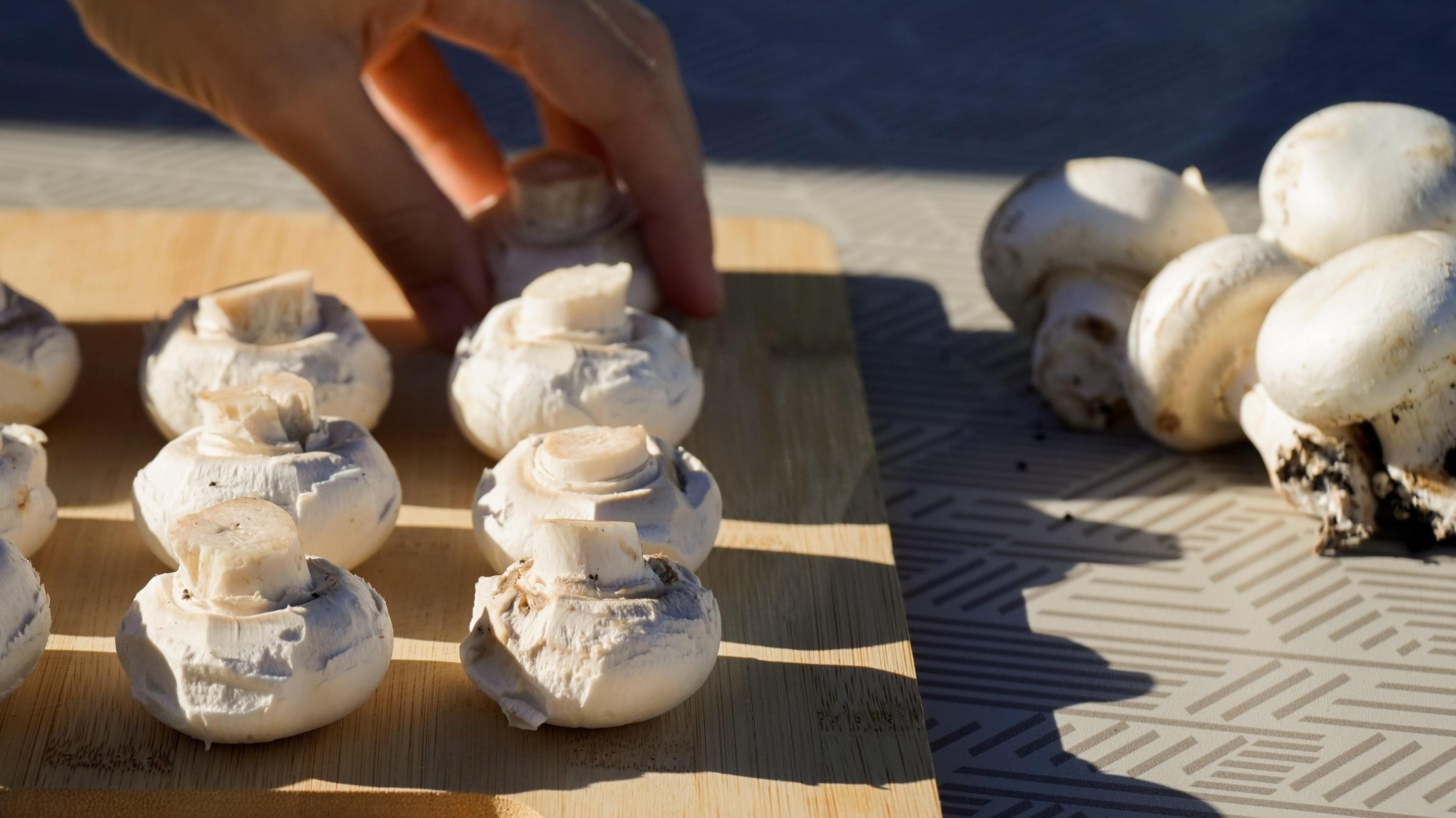How To Make Mushrooms Even Better For You
With a little effort, you can actually change their vitamin content.
We're big fans of mushrooms here at The Takeout. Not only are they delicious, they're also a fascinating, nutritious centerpiece ingredient. While they contain minerals like potassium, zinc, and thiamin, there's one particular vitamin they can provide that most produce can't: vitamin D.
What does vitamin D do?
We need vitamin D in our diet for a range of basic functions, such as retaining calcium and phosphorus (both key to bone health). The Harvard School of Public Health also notes that it can help reduce inflammation, infections, and cancer cell growth. It's so important in our bodies that a lack of vitamin D is sometimes associated with mental health issues such as depression.
The main source of vitamin D in our bodies is our own skin, which produces the vitamin when exposed to sunlight. It doesn't occur naturally in very many foods we eat, which is one reason mushrooms are nutritionally unique. But there's a catch: Mushrooms only provide a significant source of vitamin D when exposed to enough ultraviolet light to produce it.
Most of the mushrooms you can buy at the grocery store are grown on commercial farms, which is to say indoors, away from natural sunlight. So if you're hoping for a delicious dose of vitamin D, those store-bought mushrooms are mostly useless, unless they're marked as having been treated with ultraviolet light.
How to get more vitamin D from your mushrooms
If you want to add more vitamin D (and maybe even soup!) to your diet, The Guardian explains that you can modify store-bought mushrooms to provide what you need.
In 2019, Katherine Phillips, PhD, a senior research scientist at Virginia Tech University and a co-author on a study for the US Department of Agriculture about mushroom vitamin D content, told The Guardian about what almost feels like a magic trick.
"Our research found that setting sliced mushrooms outside on aluminum foil for as little as 15 minutes enhances the vitamin D content by at least 25%," Phillips said. If you're using whole mushrooms, place them gill side up in the sunlight—that's where the vitamin D producing compounds are highest.
Honestly, how cool is that? Sometimes I feel like a scientist in the kitchen, but now I can feel more specifically like a botanist. With grilling season coming up, I might just let my mushrooms sunbathe for at least 15 minutes before throwing them on the grill. That way I can bask in the summer sun and enjoy its nutritional benefits for myself, too.
